Behind the Book is a weekly series in which I discuss the creative process it takes to write each of the fifteen narratives included in my latest collection, My Long-Playing Records and Other Stories. See the bottom of the post to locate links to previous Behind the Book posts.
A WRITER'S WIT
How can I tell what I think till I see what I say.
E. M. Forster
Born January 1, 1879
MLPR—"A Gambler's Debt"
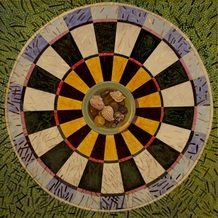 Cover art, Unfinished Target, by Ken Dixon
Cover art, Unfinished Target, by Ken Dixon In 2010 Ken and I spent our first Christmas holiday in Las Vegas, as guests of a friend who has built up enough points throughout the years to take us each December. We stay in a venerable, old hotel that some would even say is a little shabby. But when you stroll into the newer casinos along the Strip there is really very little difference in the games you can play. Our hotel has neat, clean rooms and a world-class restaurant that maintains the same great menu year after year. The staff there may serve the tenderest filet mignon or lobster tail I’ve ever eaten . . . but I digress.
On one of our visits, I noticed a couple in the Lubbock Preston Smith International Airport. You could tell they were together, but they said very little to one another. He read his newspaper, and she texted on her phone. Each possessed an air of detachment, as if he or she would really rather have been alone. As we all entered the plane for our nonstop Southwest flight to Vegas, I noticed that the Mrs. sat nearest the window, plopped her things in the middle seat, and her apparent husband took the one by the aisle. Today there would be no empty seat (because the airline overbooks each flight), but that year, for some reason, the seat remained vacant, and the couple enjoyed having a space between them—they used it as a storage console. The act seemed to symbolize something about their relationship. And my imagination went to work with regard to what might have caused such a deep rift between the couple who now had two adult children, also successful professionals, and a few grandchildren. How would such a couple spend their week in Sin City? Again I had great fun designing the perfect vacation for this estranged couple.
This story was first published by The Mochila Review out of Missouri Western State University in St. Charles.
Click here to buy a copy of My Long-Playing Records and Other Stories, where it is available exclusively at Amazon.
NEXT TIME: THE NEW YORKER PROJECT 4—INTRO
NEXT FRIDAY: MLPR—"Tales of the Millerettes"
11/13/14 — Introduction to My Long-Playing Records
11/20/14 — "My Long-Playing Records" — The Story
11/27/14 -- "A Certain Kind of Mischief"
12/04/14 — "Ghost Riders"
12/11/14 — "The Best Mud"
12/18/14 — "Handy to Some"
12/25/14 — "Blight"




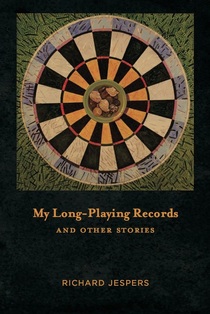

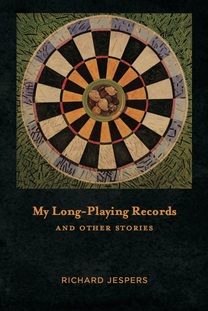





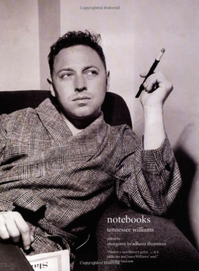
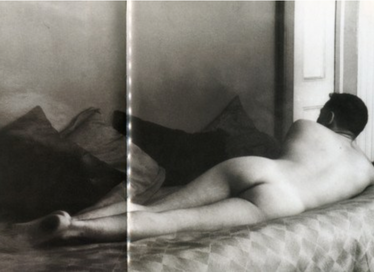

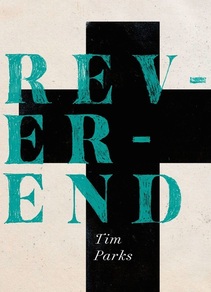

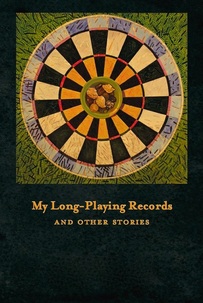

 RSS Feed
RSS Feed